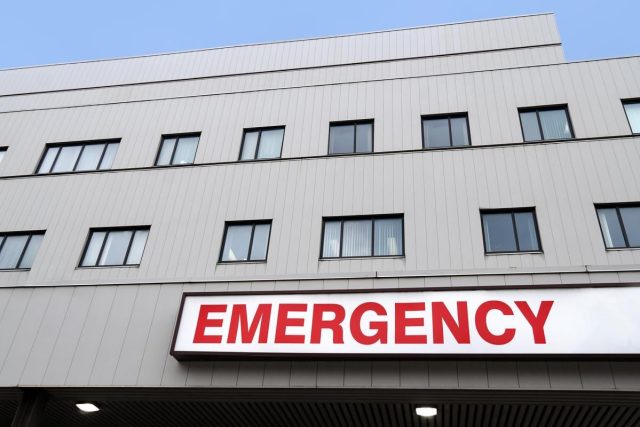Study also showed improving readiness for all U.S. emergency departments is cost-effective
By Lori Solomon HealthDay Reporter
MONDAY, Oct. 28, 2024 (HealthDay News) — Implementing high pediatric readiness for all U.S. emergency departments is highly cost-effective and would lower mortality among young patients, according to a study published in the October issue of Health Affairs.
Christopher Weyant, Ph.D., from Stanford University in California, and colleagues conducted a cost-effectiveness analysis of increasing emergency department pediatric readiness, using a decision-analytic simulation model. Clinical and cost data were pulled from 7.9 million children receiving emergency services at 747 emergency departments in 11 states.
The researchers found that increasing emergency department pediatric readiness would cut deaths among young patients seeking emergency care by 42 percent, yielding 69,100 quality-adjusted life-years (QALYs) for the 11-state cohort. This translated to a cost of $9,300 per QALY gained or $244,000 per life saved. Nationally, achieving high readiness would yield about 194,000 additional discounted life-years and 179,000 additional discounted QALYs. Up-front implementation costs would be approximately $260 million.
“Delivering appropriate, timely care to kids with injuries or acute illnesses can make the difference between complete recovery and many years of disability or childhood death,” senior author Jeremy Goldhaber-Fiebert, Ph.D., also from Stanford University, said in a statement. “We found that the cost of being ready was well below the threshold that people think of as ‘value for money’ in health care.”
Abstract/Full Text (subscription or payment may be required)
Copyright © 2024 HealthDay. All rights reserved.



















